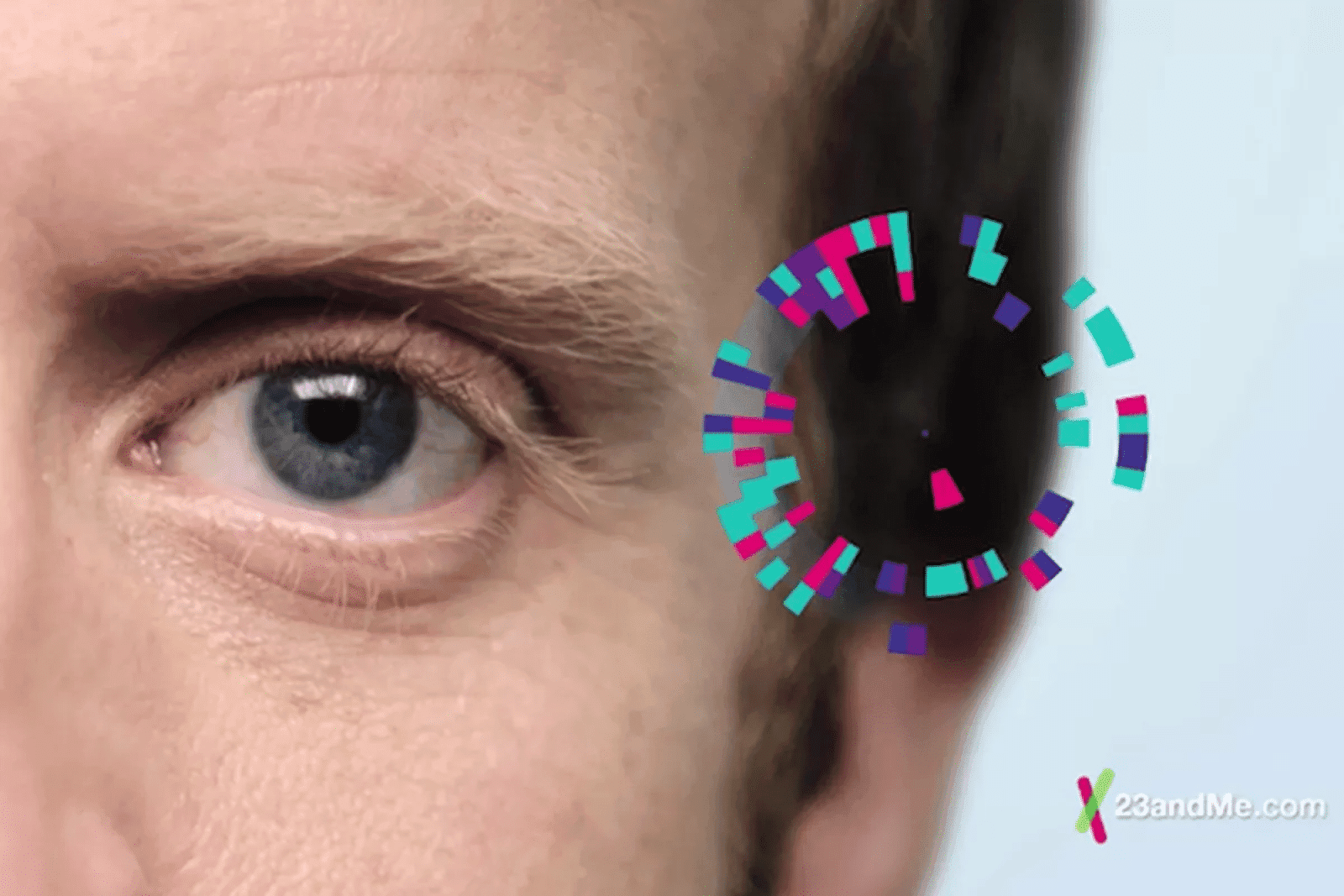By Becca Krock, Product Scientist
You might have noticed that 23andMe’s Trait reports have a new look. If you haven’t yet, go check them out. Genetics can’t tell your fortune, but they can be used to make pretty cool statistical predictions about the color of your eyes, whether you have dimples, and your taste preferences. We redesigned the Trait reports after hearing from our customers that they wanted to learn more about the genetics behind their traits and why their genetic predictions might not always match their real-life traits. The new designs bring these ideas to the forefront with the help of vivid visuals and other features.
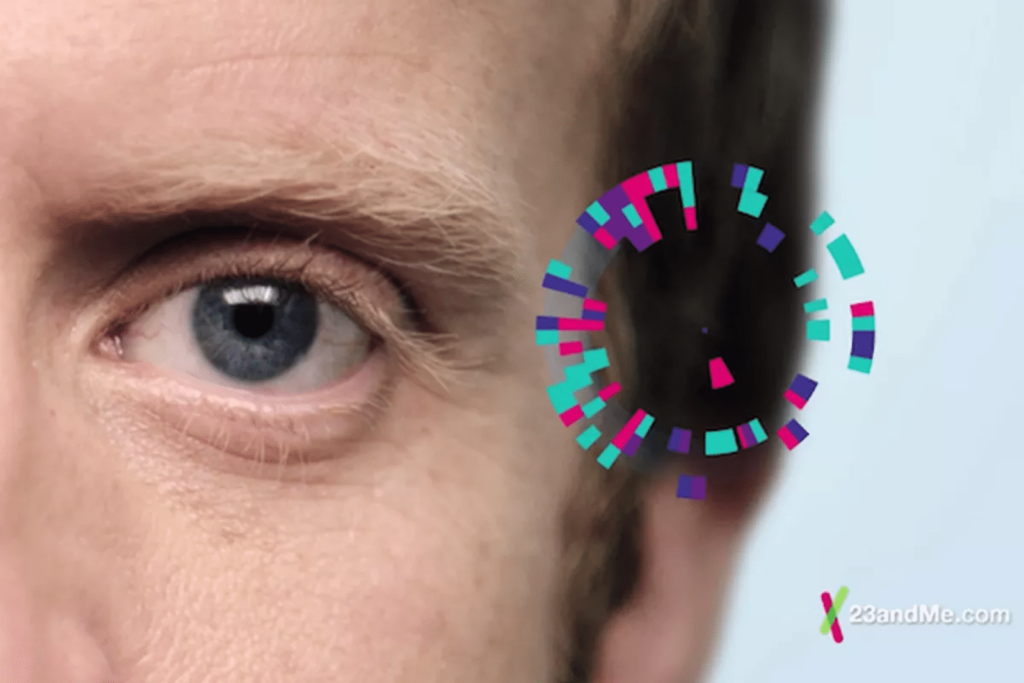
What’s new?
The new Trait reports have:
- a fresh face with colorful designs,
- a new visual showing your results,
- an interactive element that compares your predicted result with your actual trait,
- a visual showing your DNA variants,
- and expanded content explaining more about the ‘how’ and ‘why’ of each trait.
You can learn a lot by taking a closer look at these info-packed features.
For every 100 people like you…
The first change you’ll notice is the look and feel of your results. For the most part your results themselves haven’t changed, but how we illustrate them has. We hope the new result graphics give you more insight into what your result really means, and how we created it.
Take the Bitter Taste report, for example: it turns out that some people are able to taste certain bitter chemicals, like molecules called PTC and PROP, that are similar to chemicals that occur naturally in food like raw broccoli and brussels sprouts, while other people can’t taste them. Those people are missing the taste sensors that their taste buds would need to detect this bitterness. So broccoli can taste different to two different people.
Let’s take a look through all the new features, starting with my own genetic results for the Bitter Taste report. Based on my genetics, I’m unlikely to be able to detect these bitter chemicals. Below my result is an image comparing me to 100 people with the same genetic profile for this trait. It shows that for every 100 23andMe research participants with the same genetic result as me, 65 have told us raw broccoli or brussels sprouts don’t taste bitter to them, and 35 say they do taste bitter.
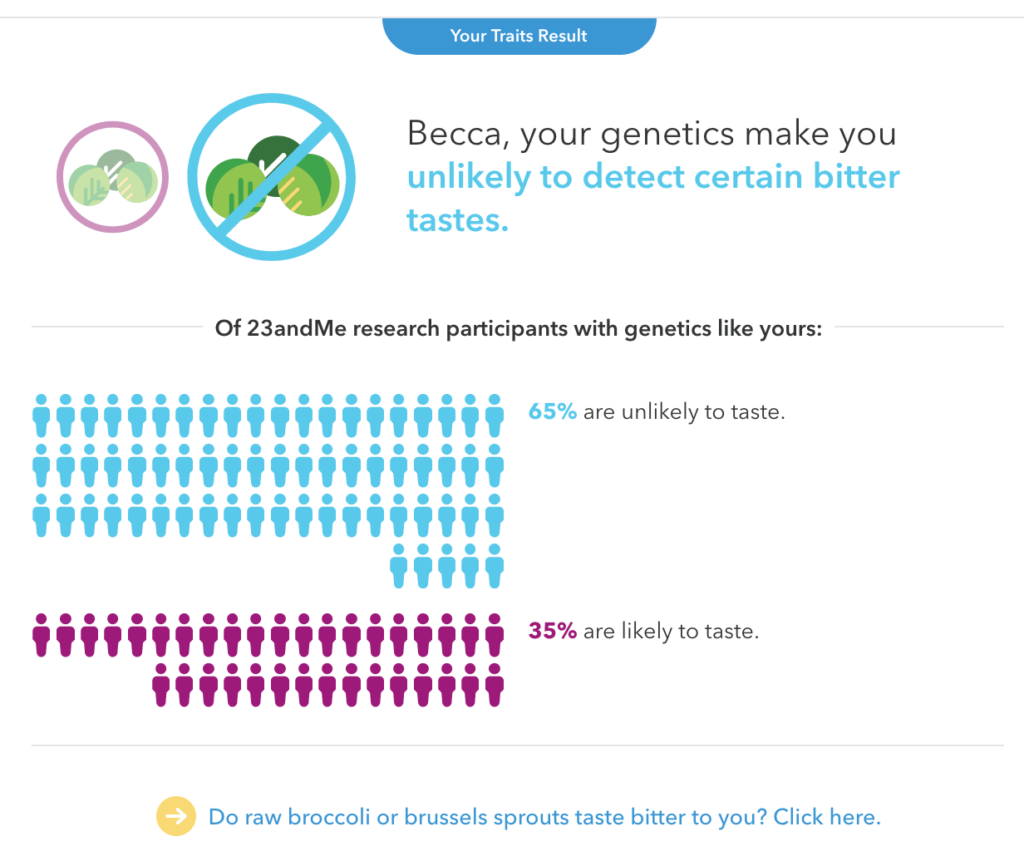 You can learn from this image that people with genetics like mine have a 65 percent chance of being unable to taste the bitterness in broccoli and brussels sprouts. Since this likelihood is greater than 50 percent, that’s the outcome predicted for me: “unlikely to detect certain bitter tastes.” As it turns out, that is true for me. I tested my sensitivity to these chemicals using at-home PTC taste test strips. One of my PTC-perceiving colleagues tried one and immediately grimaced at the bitterness, while I didn’t taste anything at all.
You can learn from this image that people with genetics like mine have a 65 percent chance of being unable to taste the bitterness in broccoli and brussels sprouts. Since this likelihood is greater than 50 percent, that’s the outcome predicted for me: “unlikely to detect certain bitter tastes.” As it turns out, that is true for me. I tested my sensitivity to these chemicals using at-home PTC taste test strips. One of my PTC-perceiving colleagues tried one and immediately grimaced at the bitterness, while I didn’t taste anything at all.
At the same time, this data also shows that I still have a 35 percent chance of having the opposite result. So what would it mean if I actually were able to detect these bitter tastes? I would fall in that smaller group, the 35 percent of people with my genetics who buck the trend.
When your most likely result doesn’t match your actual trait
If you’re one of the people with the less common result for your genetics, the next new feature is tailor-made for you. This interactive element unpacks some reasons why you might be the way you are. Below the result image is a link that reads “Do broccoli or brussels sprouts taste bitter to you? Click here.” Clicking on this link opens a dialogue box.
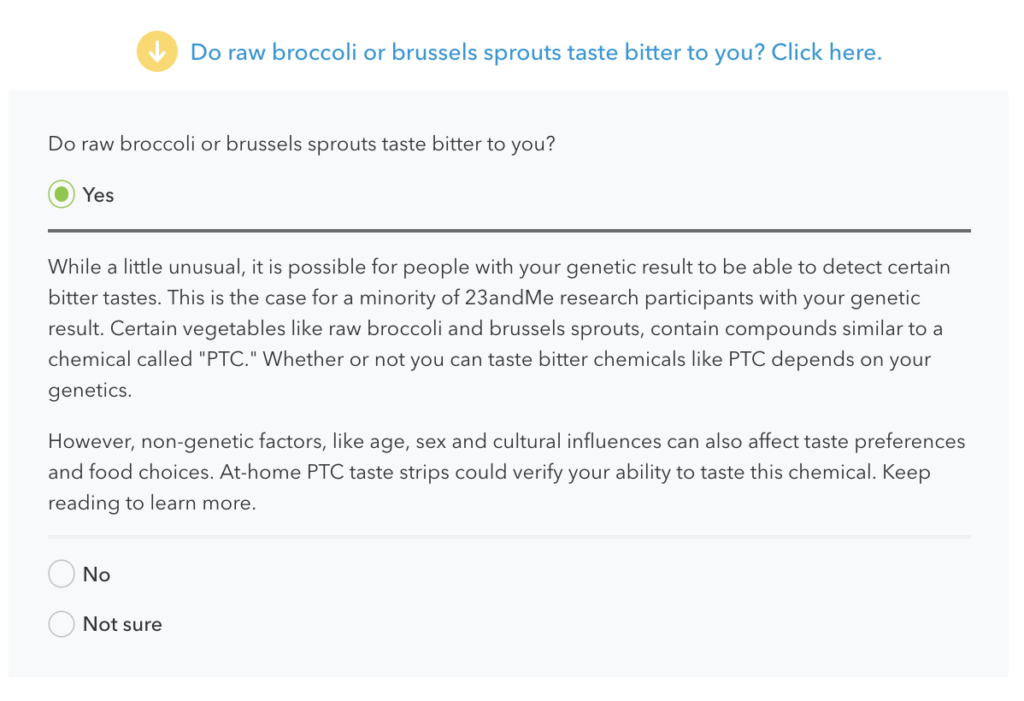 For the Bitter Taste report, if I answered that I actually do perceive the bitterness in broccoli and brussels sprouts, it would tell me that I have the more unusual outcome. I could also learn about factors other than genetics — like age, sex, or culture and life experiences — that could have the opposite effect from your genetics.
For the Bitter Taste report, if I answered that I actually do perceive the bitterness in broccoli and brussels sprouts, it would tell me that I have the more unusual outcome. I could also learn about factors other than genetics — like age, sex, or culture and life experiences — that could have the opposite effect from your genetics.
Behind the scenes with your genetics
The next new item in the report gives you a glimpse into how we calculate your result. Different Trait reports are powered by different DNA differences, or genetic variants. Some traits are strongly influenced by just one or a few genetic variants, while other traits are influenced by dozens or more genetic variants. Bitter Taste is an example of a trait that’s strongly affected by just one variant:
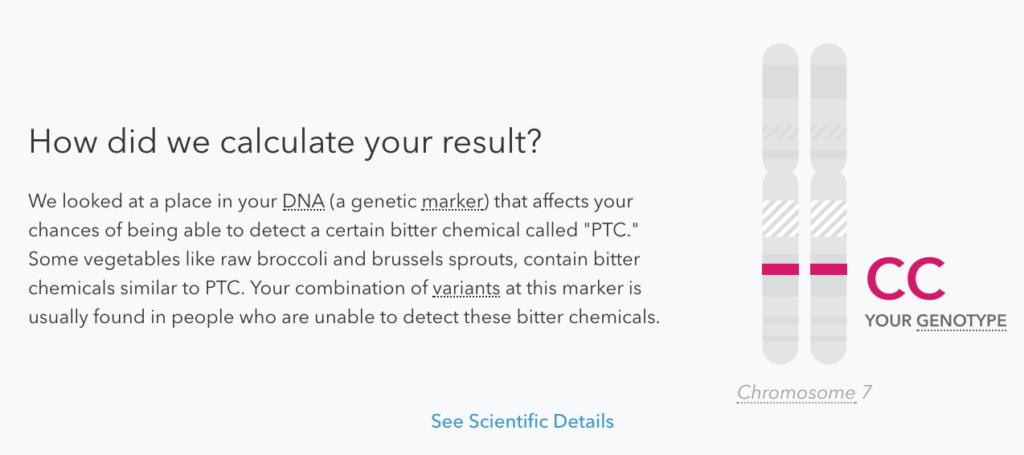 The image shows a diagram of Becca’s two copies of chromosome number 7, the chromosome that this genetic variant marker happens to be on. It also shows the approximate location of this genetic marker, and the DNA variants she has there, called her genotype.
The image shows a diagram of Becca’s two copies of chromosome number 7, the chromosome that this genetic variant marker happens to be on. It also shows the approximate location of this genetic marker, and the DNA variants she has there, called her genotype.
When traits get complex
Many traits are genetically complex, meaning they’re influenced by not just one, but many genetic variants. The taste preference that’s detailed in 23andMe’s Sweet vs. Salty report is one example of a complex trait.
For reports like this, there are two parts of the “How did we calculate your result?” section. The first part summarizes all the genetic variants that went into your result, along with any other factors we also took into account. These other factors can include your age, sex, and a number called the “intercept” that goes into the math calculating your result. (The intercept value is the same for everyone, but differs for each trait.)
Let’s take a look at the image that summarizes all those factors. This one is taken from the Sweet vs. Salty report of our scientist Chelsea, who is predicted to prefer salty snacks over sweet ones. (We were half right — Chelsea says she loves all snacks equally!)
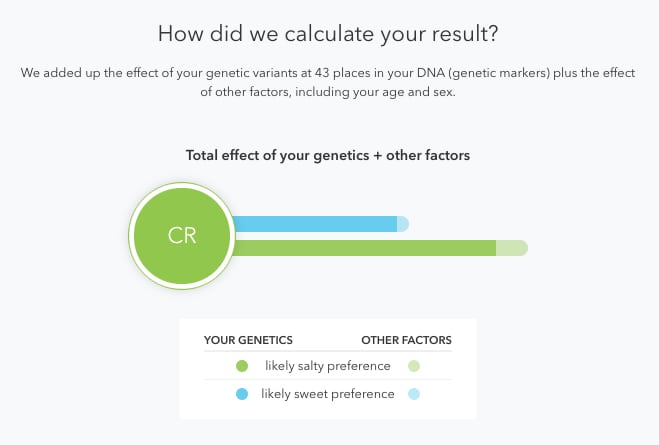 The green bar is longer than the blue bar, showing that the factors that make Chelsea likely to prefer salty snacks outweigh the factors that make her likely to prefer sweet ones. The different contributions of genetics versus other factors are distinguished with bold versus pale colors. The bold blue and green show the contribution of her genetics to her likelihoods of each possible outcome, and the pale blue and green show the contribution of the other factors.
The green bar is longer than the blue bar, showing that the factors that make Chelsea likely to prefer salty snacks outweigh the factors that make her likely to prefer sweet ones. The different contributions of genetics versus other factors are distinguished with bold versus pale colors. The bold blue and green show the contribution of her genetics to her likelihoods of each possible outcome, and the pale blue and green show the contribution of the other factors.
The second part of this section breaks down the genetic factors and maps them on to the 23 chromosomes:
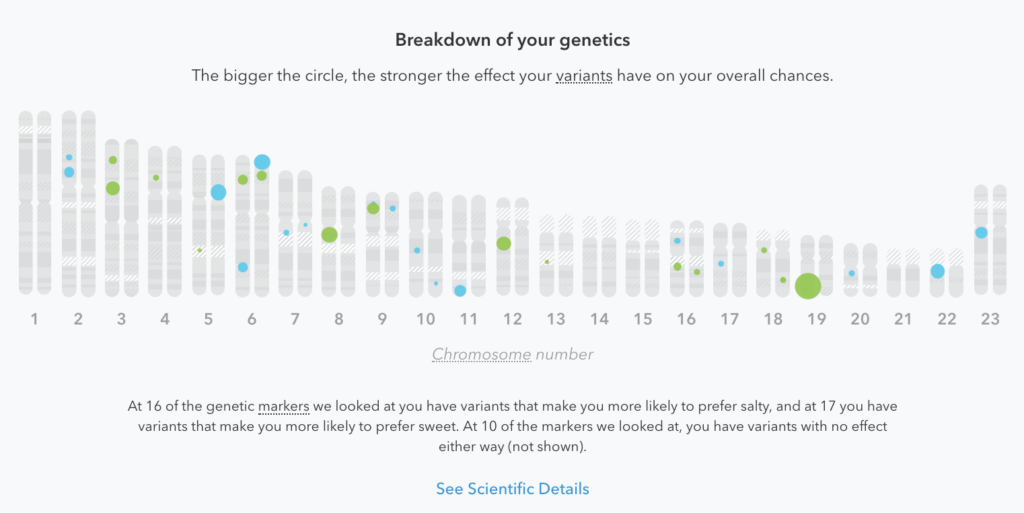 Reports like Sweet vs. Salty show the locations of all the genetic variants included in that report. The effect of your genetic variants at each markers is shown as one dot on the chromosomes. Genetic variants that tip Chelsea’s result toward preferring sweet tastes are shown in blue, and genetic variants that tip her result back toward preferring salty tastes are shown in green.
Reports like Sweet vs. Salty show the locations of all the genetic variants included in that report. The effect of your genetic variants at each markers is shown as one dot on the chromosomes. Genetic variants that tip Chelsea’s result toward preferring sweet tastes are shown in blue, and genetic variants that tip her result back toward preferring salty tastes are shown in green.
But wait… there’s more. The size of the dots is scaled to show how strong of an effect that genetic variant has. Bigger dots have a bigger effect on the trait prediction. For Chelsea, there’s one large green dot on chromosome 19 that’s having a big impact on her result.
Whew! That was a lot. Spending a little time on these images can reward you with so much knowledge about yourself (and genetics and probabilities)! And now that we’ve walked through a couple examples, you’ve got the gist of them all.
The power of 23andMe research
One of the coolest things about our Trait reports, if we do say so ourselves, is that they were all created using the survey responses of 23andMe research participants. We sent survey questions asking our research participants about their taste preferences, hair color, finger length, and more. They answered. And then we used that information to discover brand-new genetic associations that power the algorithms behind your predictions.
Our customers’ enthusiasm for participating in research is what made many of these Trait reports possible. These new versions give even more of this research back to you.
